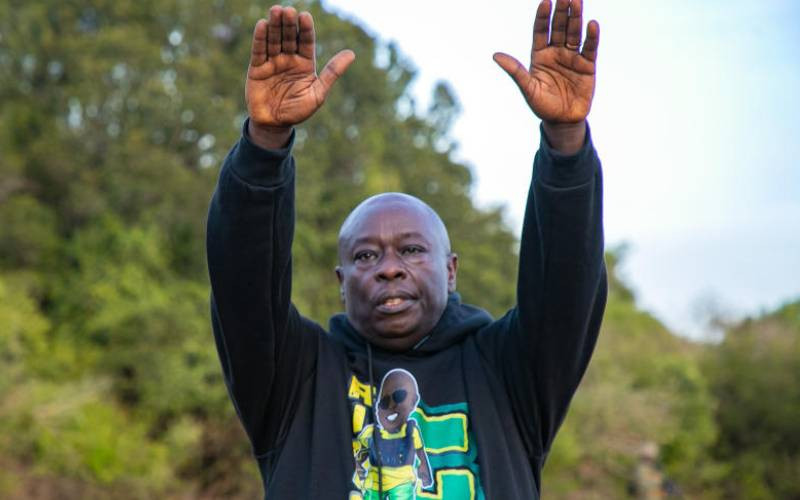By MACHARIA KAMAU
Agriculture, manufacturing and service sectors are expected to propel Kenya’s economy to a growth rate of 10 per cent by 2017.
This is according to the Second Medium Term Plan (MTP) of the national development blueprint Vision 2030, launched last week and covering the period 2013-2017.
The projected growth rate is compared to a rate of 4.6 per cent last year. National Treasury and the Devolution and Planning ministry expect a six per cent growth this year. This is far higher compared to financial institutions and analysts, who have a projection of between 4.5 and 5.5 per cent.
The economy failed to meet most of the parameters set out in the First Medium Term Plan (2008-2012), in which it had been projected to attain a double-digit growth by last year. It only managed 4.6 per cent.
Lower than expected
Vision 2030 had projected the economy to reach a 10 per cent growth level by last year. But a mix of factors has seen the economy post lower than expected growth rates. These include the early 2008 post-election violence, the global financial meltdown in 2008 and a persistent euro zone crisis.
Other factors that impeded growth were volatility in oil prices, poor infrastructure and rise in insecurity.
“The Kenyan economy is getting more diversified, with different sectors now playing larger roles in the economy, making it well cushioned to withstand the shocks. The growth prospects are good,” said Gabriel Negatu, regional director of East Africa Resource Centre AfDB.
And Nikhil Hira, a tax partner at Deloitte East Africa, said: “Agriculture is still the backbone of our economy. Small-scale farming continues to be significant. We need to keep our focus on the industry even if others are starting to play a big part. If we want food security then we must keep our focus on agriculture. It is also a key part of our exports.”
The State expects the sectors that were earmarked as key economic pillars of Vision 2030 to sustain growth over the period. These sectors include agriculture, tourism, business process outsourcing, trade, financial services and manufacturing.
Over the second MTP, oil, gas and other minerals are expected to play a major role in propelling economic growth. Erratic weather patterns have dealt a blow to the agricultural sector that is heavily reliant on rain.
Merger of parastatals
There are also plans to have a new legislation governing livestock, fisheries and the putting up of about 400,000 hectares of farm land under irrigation by 2017.
The country hopes to ride on trade to grow the economy by opening up more trade points. The strategy targets the establishment of Special Economic Zones, and putting up a wholesale hub in Maragua to serve as a model for the private sector.
Stay informed. Subscribe to our newsletter
The government will also make attempts to deepen trade with its East African Community partner states and Comesa, make progress in tapping into AGOA and push for the signing of the Economic Partnership Agreement between EAC and the European Union.
In manufacturing, the state plans to establish 47 industrial parks in each county to attract investments. Other strategies include deepening financial services access, fast-tracking oil production – some of the companies with licences say they will start production as early as 2014 – and tourism. The State plans to grow the sector earnings to Sh200 billion and arrivals to three million.
 The Standard Group Plc is a
multi-media organization with investments in media platforms spanning newspaper
print operations, television, radio broadcasting, digital and online services. The
Standard Group is recognized as a leading multi-media house in Kenya with a key
influence in matters of national and international interest.
The Standard Group Plc is a
multi-media organization with investments in media platforms spanning newspaper
print operations, television, radio broadcasting, digital and online services. The
Standard Group is recognized as a leading multi-media house in Kenya with a key
influence in matters of national and international interest.
 The Standard Group Plc is a
multi-media organization with investments in media platforms spanning newspaper
print operations, television, radio broadcasting, digital and online services. The
Standard Group is recognized as a leading multi-media house in Kenya with a key
influence in matters of national and international interest.
The Standard Group Plc is a
multi-media organization with investments in media platforms spanning newspaper
print operations, television, radio broadcasting, digital and online services. The
Standard Group is recognized as a leading multi-media house in Kenya with a key
influence in matters of national and international interest.









